SF orifice disk thickness
Posted: Sun May 03, 2015 6:00 pm
Does anyone know the thickness of SF orifice disk, and is it just sitting the internal wooden board - how is it mounted -

http://tractorsport.com/flowbenchtech.com/forum/
http://tractorsport.com/flowbenchtech.com/forum/viewtopic.php?t=1142
Brucepts wrote:Actually, no I never have measured the SF600 plate so I was not able to post this info. The plate hole dimensions were supplied by someone else to me but not the thickness. I'm sure you could research at what thickness SS warps from laser cutting, I lathe cut all my orifice plates so I would not be able to supply that info so I did not reply.
Old Grey wrote:A bit of advice for people who don't have laser cutting experience. No one can actually predict warpage with thickness, because it's shape dependant - my disk is more warped near the small holes than the large holes -. You can touch a plate right after it's cut, and it's only warm, but laser is concentrated heat, so it will still warp thin plates. Also the person cutting has a different interpretation of how much warp is warped - I told him to use a thickness that wouldn't warp, and even though he thought the 1.2mm wasn't warped, it was warped more than I wanted -. If I was to guess I would say the SF600 disk couldn't be thinner that 1.5mm - their SF1020 test plate is 1.5mm -, and if they did use 1.5mm, the warpage might be acceptable.
Old Grey wrote:I was wondering if you could help.
I remember you opened up your SF-300 to change the motor brushes, and was wondering if noticed how the orifice disk was mounted.
I remember someone saying it was spring loaded to the centre board, but if it was spring loaded down it wouldn't spin as easily as it does - or as easy as it did on a SF-600 I used once -
Bill Jones wrote:-I don't see how it is spring loaded any where.
-the large rotating brass disk just lays on the slanted plenum floor (slanted about 45 degrees)---same angle as the front slanted face section of the flowbench.
-there is piece of steel like about the top 60% of a hexagon stop sign bolted down over it and sealed around the outer edge of this piece of steel.
-this 60% hex looking piece has one hole a little larger than the largest orifice and centered in the upper section of this hex piece.
-I don't know how this plate is spaced up but there are 6 bolts that go down thru the hex piece into the angled wood panel of the cabinent.
-I assume there is another plate of some sort on the under side of the slanted wood panel----maybe just some lock nuts on the underside---I'm not sure.
-it looks to me like a nice fitting joint with a slight amount of freedom
so the plate will rotate freely with minimum leakage.
--------------------------------------------------------------
-there is a design flaw in the flow bench where the detent lock pin for the 6 different flow ranges ends up leaving a trail around the entire diameter of the rotating disk after years of time---and this trail looks deep enough to possibly allow a little air leakage---and edge demarcations or dent like marks on the ID of the larger orifices in two places.
-----------------------------------------------------------------------------------
-I really don't know how it is connected to the pivot pin----this pivot pin is the reason for the extra 10% length of the hex steel piece---so there is a place in that extra 10% length for the pivot hole.
-----------------------------------------------------------------
So what is the actual measured thickness of the SF Rotating disk?I will answer this question myself for the 86 people that showed interest in the topic. The answers were in other posts, so I will surmise them here.
It explains it here1960FL wrote:So what is the actual measured thickness of the SF Rotating disk?I will answer this question myself for the 86 people that showed interest in the topic. The answers were in other posts, so I will surmise them here.
I did not see anything but an assumption of 1.5MM.
Rick
I will summarize.Old Grey wrote:I will answer this question myself for the 86 people that showed interest in the topic. The answers were in other posts, so I will surmise them here.
Brucepts wrote:Actually, no I never have measured the SF600 plate so I was not able to post this info. The plate hole dimensions were supplied by someone else to me but not the thickness. I'm sure you could research at what thickness SS warps from laser cutting, I lathe cut all my orifice plates so I would not be able to supply that info so I did not reply.Old Grey wrote:A bit of advice for people who don't have laser cutting experience. No one can actually predict warpage with thickness, because it's shape dependant - my disk is more warped near the small holes than the large holes -. You can touch a plate right after it's cut, and it's only warm, but laser is concentrated heat, so it will still warp thin plates. Also the person cutting has a different interpretation of how much warp is warped - I told him to use a thickness that wouldn't warp, and even though he thought the 1.2mm wasn't warped, it was warped more than I wanted -. If I was to guess I would say the SF600 disk couldn't be thinner that 1.5mm - their SF1020 test plate is 1.5mm -, and if they did use 1.5mm, the warpage might be acceptable.
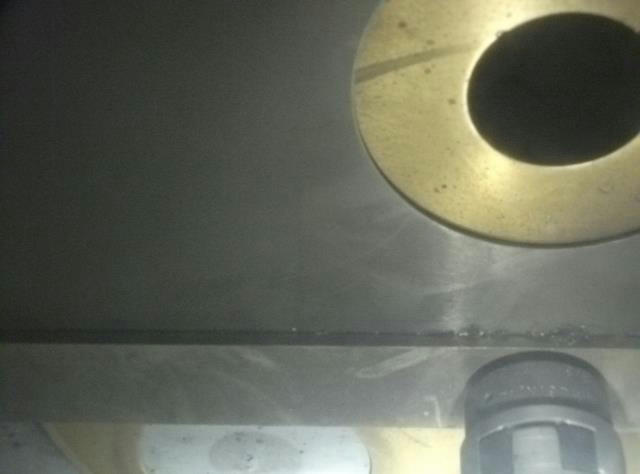
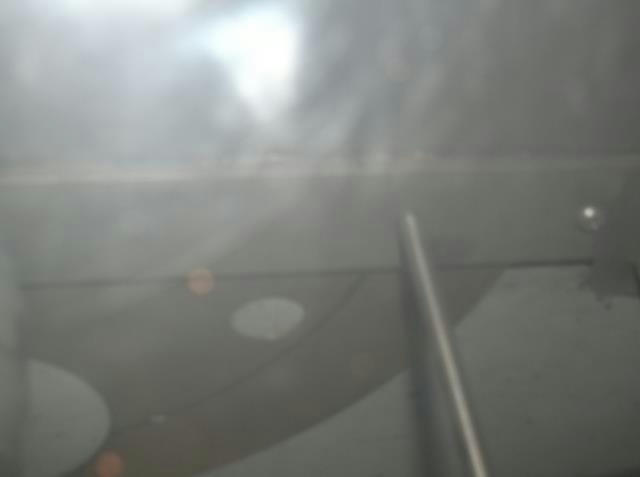
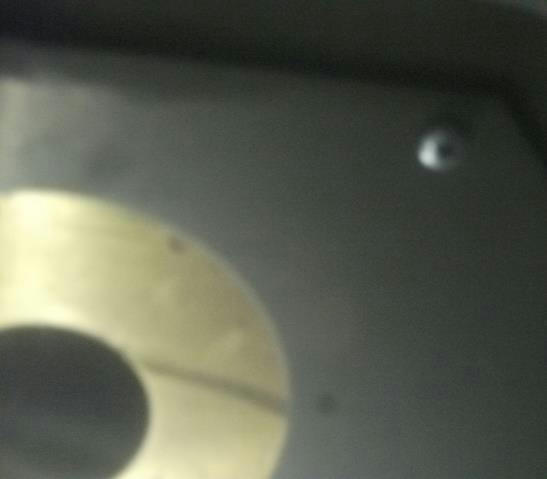
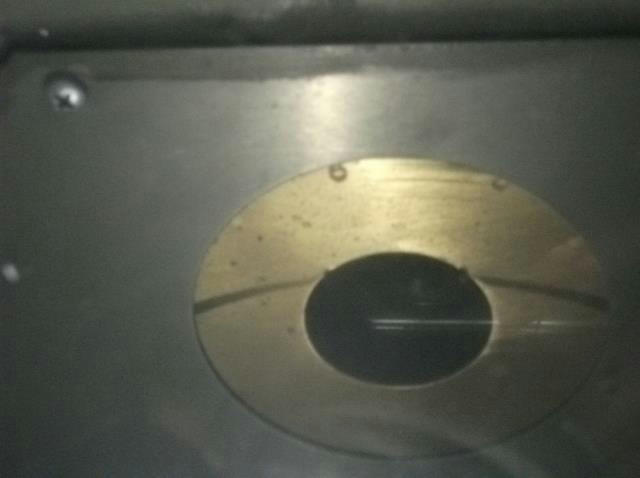
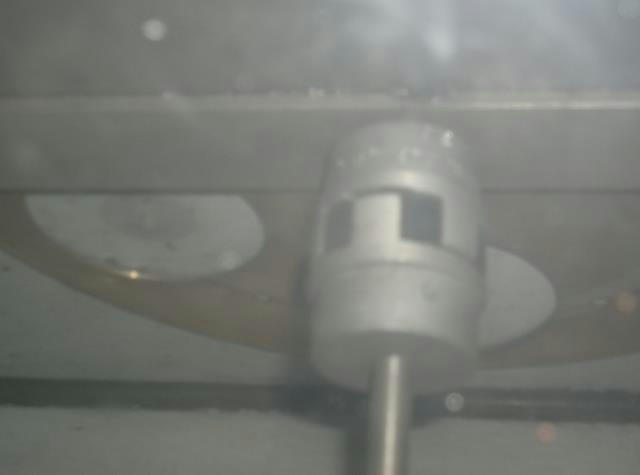
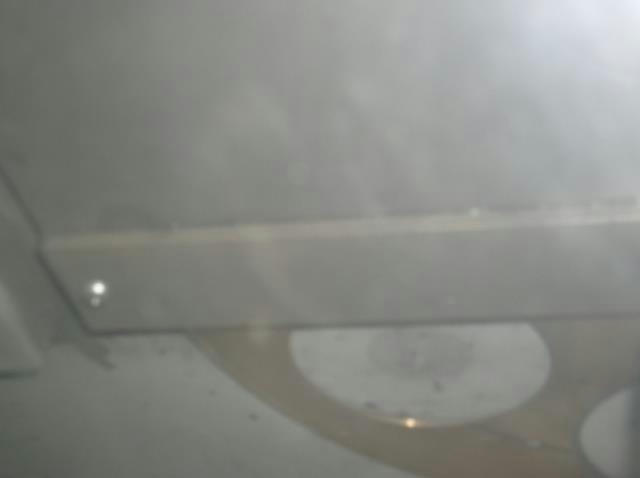

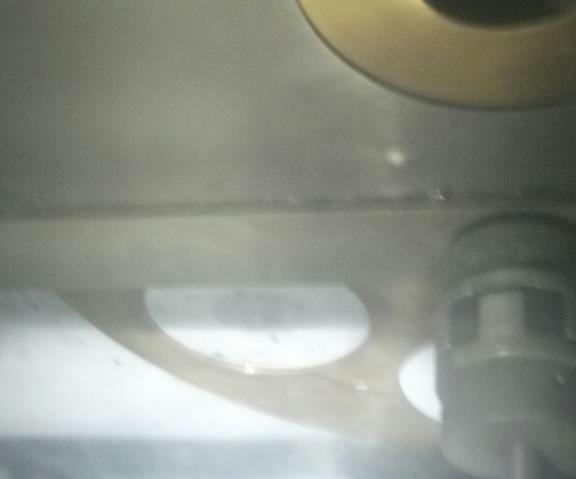
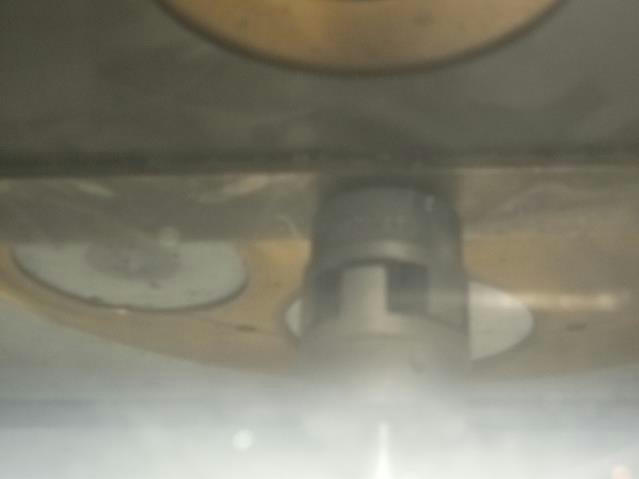
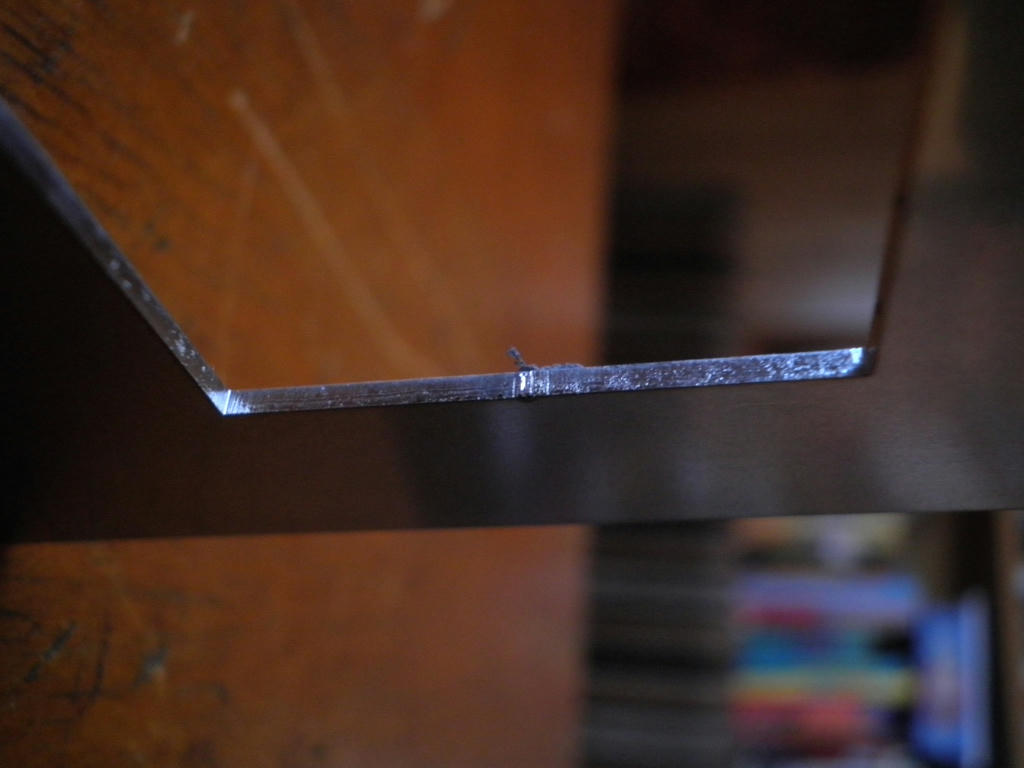

Bill Jones wrote:I looked at that orifice plate and estimate the thickness to be more than .060" and less than .090"----probably about .075"---maybe .080".